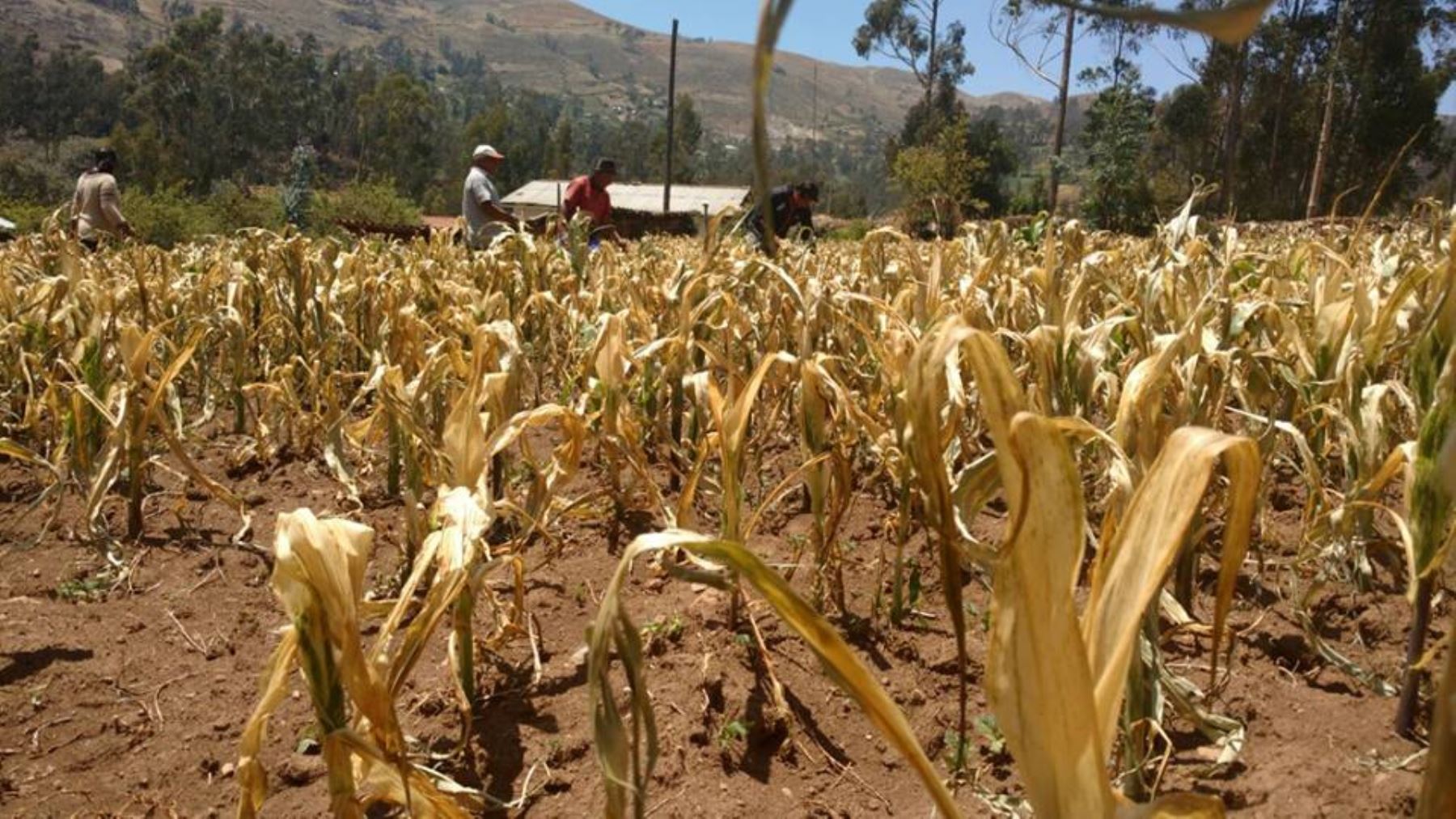
Droughts, floods and landslides associated with heavy rains, water pollution and lack of access to safe water and sanitation cost Peru between $8.4 billion and $13.4 billion a yearAccording to a recent study by the World Bank (WB).
Climate change will further reduce the availability of water, and will threaten the country’s economic growth, development and stability, according to the entity.
In the last three decades, water extraction has doubled in the country, while demand from users has grown, which has generated greater competition among themselves. For example, the agricultural sector —specifically irrigated agriculture— uses most of the water and accounts for 89% of extractions, higher than the regional average of 70%. This is followed by withdrawals for domestic use, with 9%, and for industry, mining and other sectors, which add up to 2.3%.
The report quantifies the financing gap to achieve universal access by 2030 is between $1.9 billion and $3.2 billion per year. It is recommended to prioritize disaster risk management policies and actions to prevent, control and react to calamities caused by climate change.
“The diagnosis recommends a common agenda for the country, overcoming the current uncoordinated governance. The proposal is to advance to a multisectoral scheme or official space for the promotion of articulation between sectors, involving all the actors where not only the public sector sits down to dialogue, but also includes academia, the private sector, civil society and cooperation international,” remarked David Michaud, manager of the World Bank’s Water Practice for Latin America and the Caribbean.
Source: Larepublica
Alia is a professional author and journalist, working at 247 news agency. She writes on various topics from economy news to general interest pieces, providing readers with relevant and informative content. With years of experience, she brings a unique perspective and in-depth analysis to her work.












